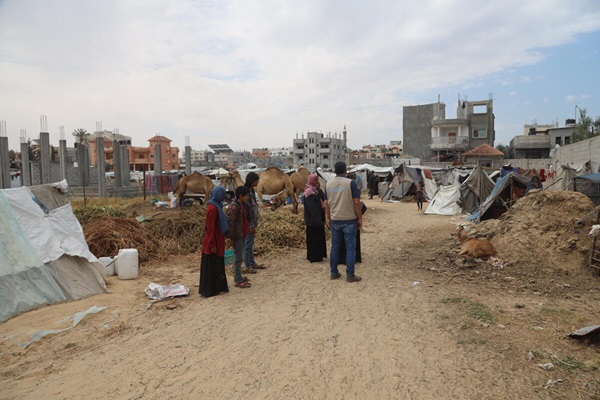Eastern Africa

Of the countries most vulnerable to climate change, nine are located in Eastern Africa (ND-GAIN country index). Across Eastern Africa, more frequent and intense climate shocks, like droughts, floods and cyclones, have made small-scale farmers one of the most vulnerable communities due to their dependence on climate and natural resources. Coupled with economic inequality, conflict and political instability, affected communities continue to face a cascade of challenges that make it harder to recover. FAO delivers urgent humanitarian assistance and technical expertise in advance of predicted crises, at the onset of crises and beyond to assist communities in their recovery and pave a pathway to sustainable agricultural livelihoods.
News
s.tmb-th600x400.jpg?Culture=en&sfvrsn=12f51849_4)
News
Joint Press Conference at conclusion of visit to Somalia by OCHA and FAO Deputy Heads
11/03/2024
Senior UN officials met people on the frontlines of the climate crisis as well as government officials, donor partners, and aid workers to scale...
.tmb-th600x400.jpg?Culture=en&sfvrsn=9fbf2bd1_6)
News
FAO proposes five key actions to address climate-conflict nexus at the United Nations Security Council
14/02/2024
Deputy Director-General Beth Bechdol urges game-changing solutions to break the vicious loop between climate crisis, conflict and hunger
Publications
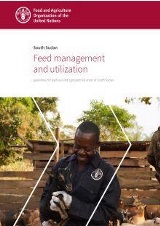
Publications
South Sudan: Feed management and utilization guidelines for pastoral and agropastoral areas
01/2021
The Food and Agriculture Organization of the United Nations (FAO) developed these guidelines with the overall objective to protect and improve the productivity...
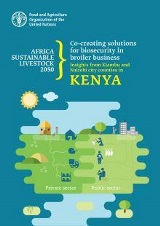
Publications
Co-creating solutions for biosecurity and broiler business: Insights from Kiambu and Nairobi city counties in Kenya
08/2021
The trend to urban and peri-urban livestock keeping is known in many developing and plays an important role in food security and livelihoods but can...
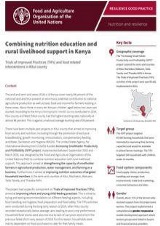
Publications
Combining nutrition education and rural livelihood support in Kenya
08/2021
The arid and semi-arid areas (ASALs) of Kenya cover nearly 84 percent of the national land and thus present an enormous potential contribution to national...
Multimedia
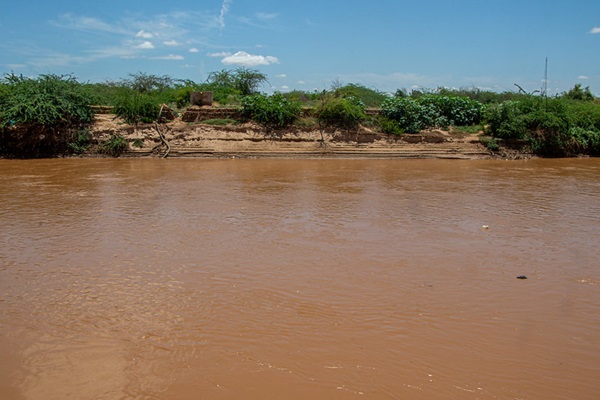
Photo collection
Somalia: El Niño preparedness, mitigation and response programme
15/05/2024
View this gallery on Flickr.

Photo collection
Rwanda: Supporting people affected by floods and landslides
21/02/2024
View on Flickr

